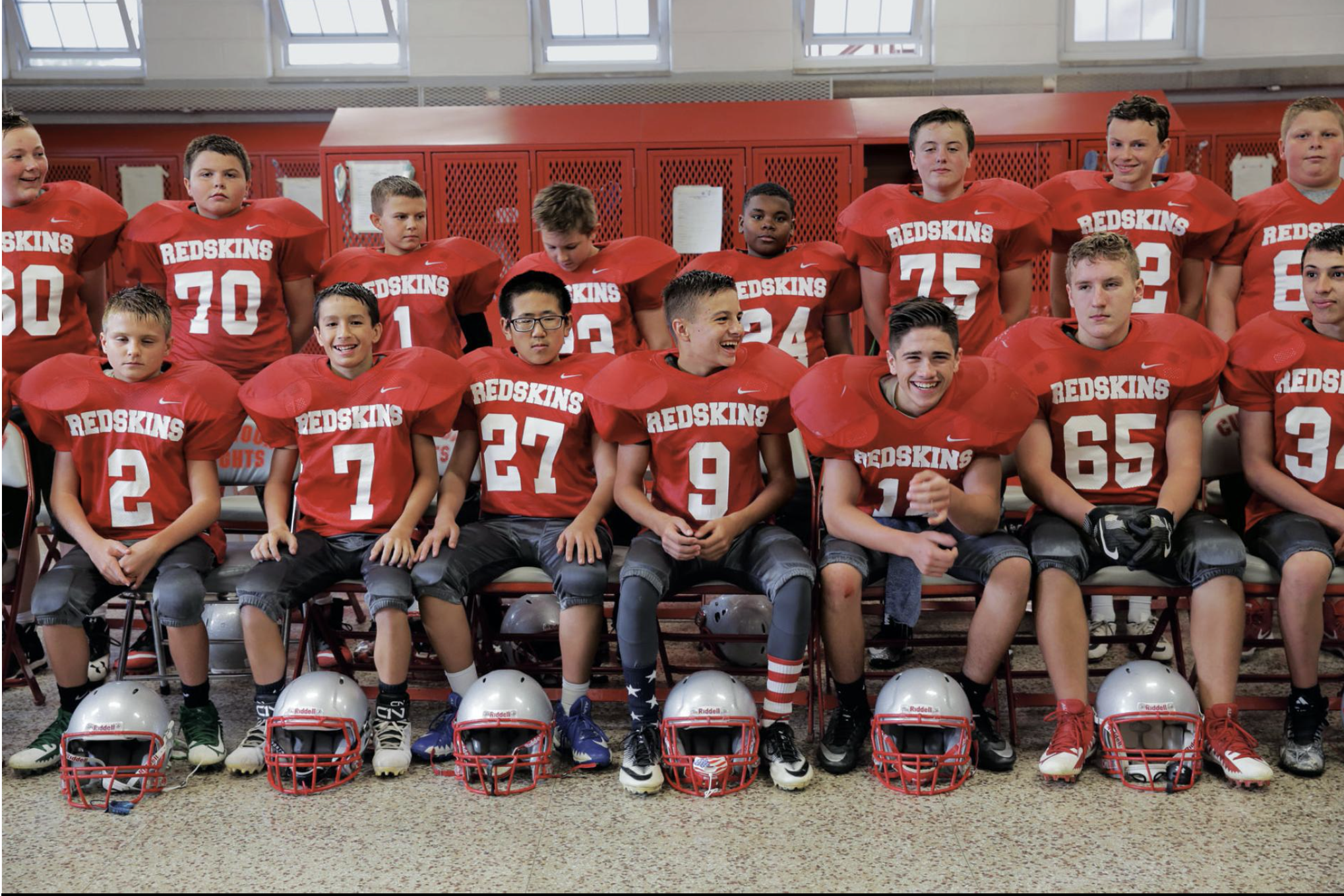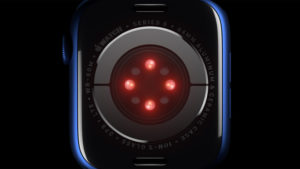For indigenous people, everything from the word “America” to the insulting ways native symbols are used is a reminder of how those of European ancestry nearly killed a culture—and still misrepresent it.
THE PROBLEM BEGAN with one word: “America.”
That word, honoring Italian explorer Amerigo Vespucci, was coined in Europe in 1507, when it was used on a map of the New World. But back then, the only Americans were indigenous. It was our world, but it wasn’t our word.
By the time the Declaration of Independence was signed in 1776, white people were simply referred to as “the Americans.” My ancestors were called American Indians. It’s a label twisted by accidents of history: The Italian explorer who gets his name on two continents and another Italian, Christopher Columbus, who dubbed indigenous people “Indians,” presumably because he thought he was in the East Indies.
American Indian: Two labels we didn’t choose. We might have been called something else. Columbus wrote on October 11, 1492, of encountering handsome people who “are of the color of the Canarians [Canary Islanders], neither black nor white; and some of them paint themselves with white, and some of them with red, and some of them with whatever they find.”
Canarians. Imagine if that name had stuck. These days American Indian symbols are everywhere. Think about all those college and high school football teams and their mascots. Think of Washington, D.C.’s National Football League team and the Major League Baseball teams in Cleveland and Atlanta. Think of boxes of butter. Or motorcycles. Or beer.
Indians are less than one percent of the population. Yet images and names of Indians are everywhere.
SMITHSONIAN NATIONAL MUSEUM OF THE AMERICAN INDIAN, “AMERICANS” EXHIBIT, ON DISPLAY IN WASHINGTON, D.C., UNTIL 2022.




